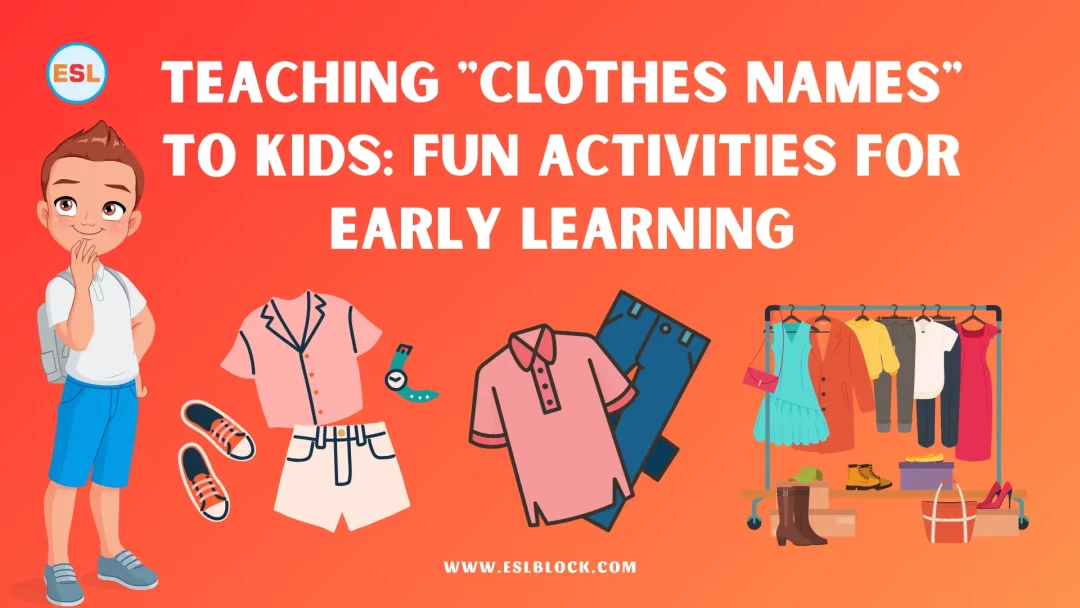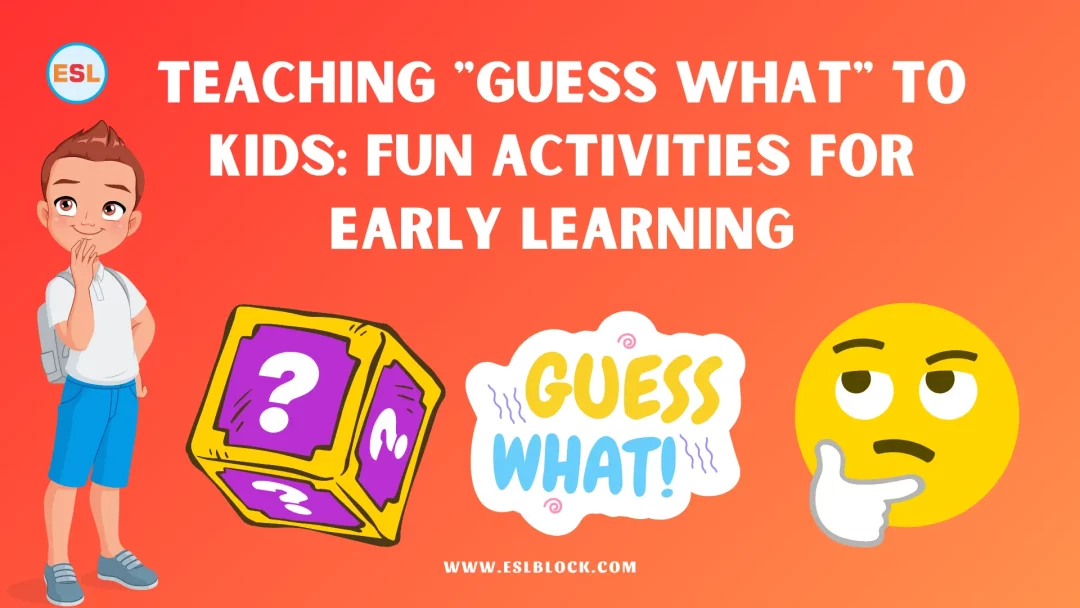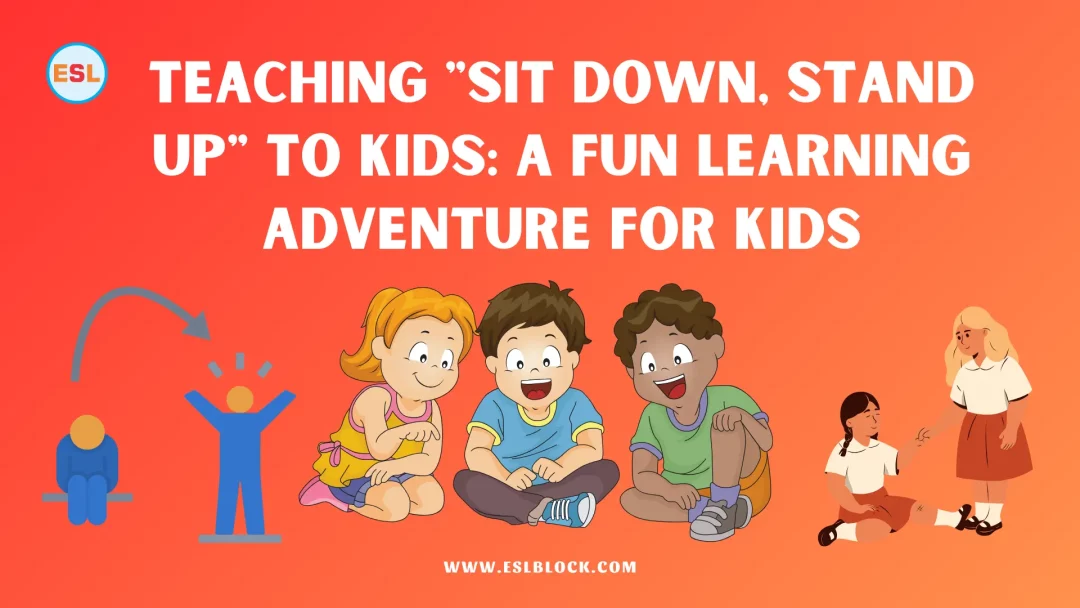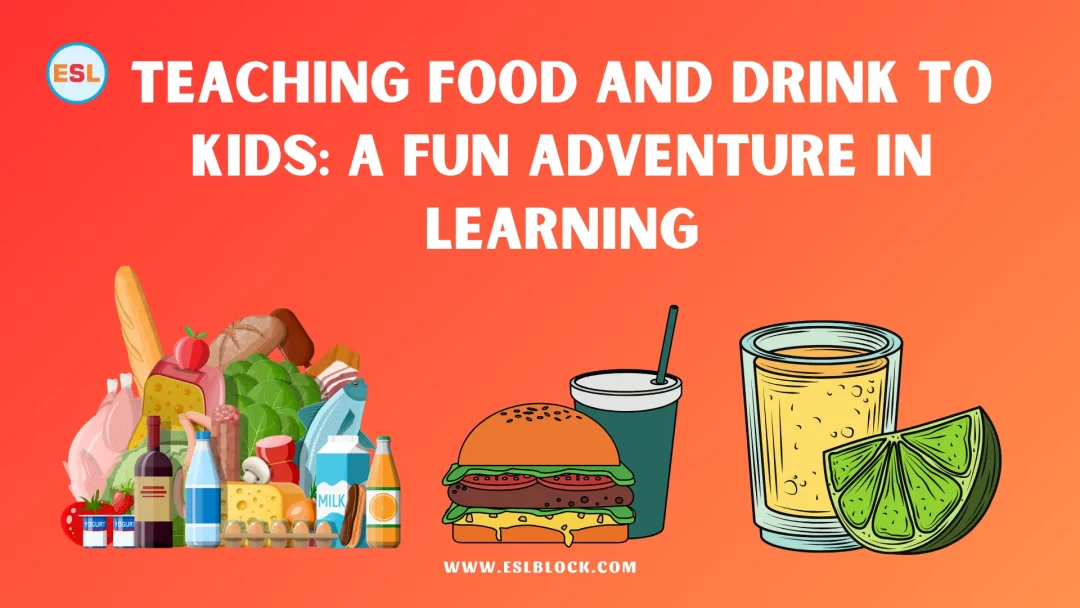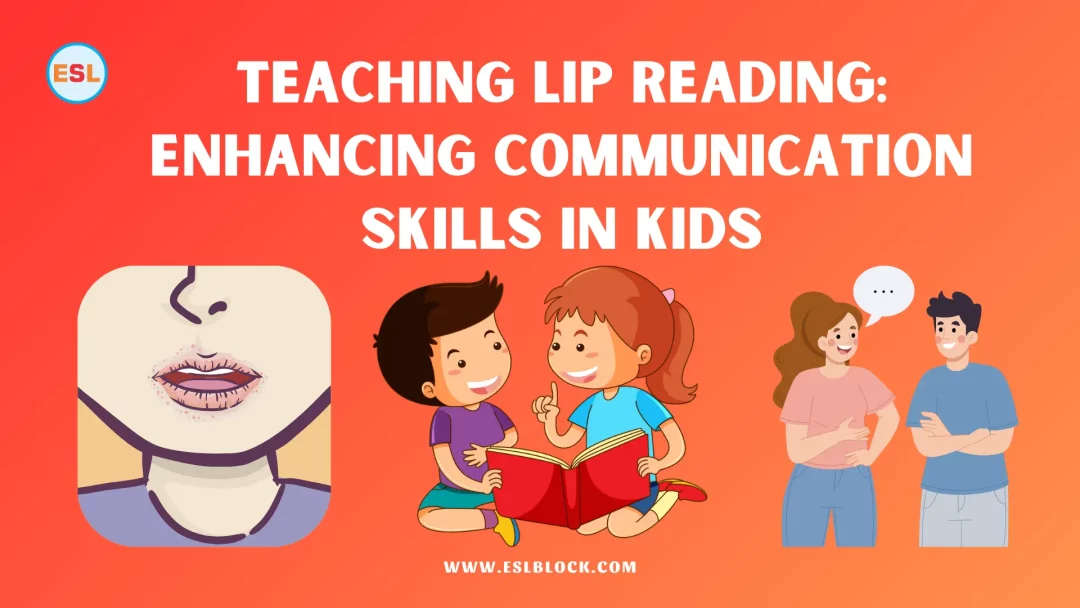Teaching Preferences: Fun Activities to Express Likes and Dislikes
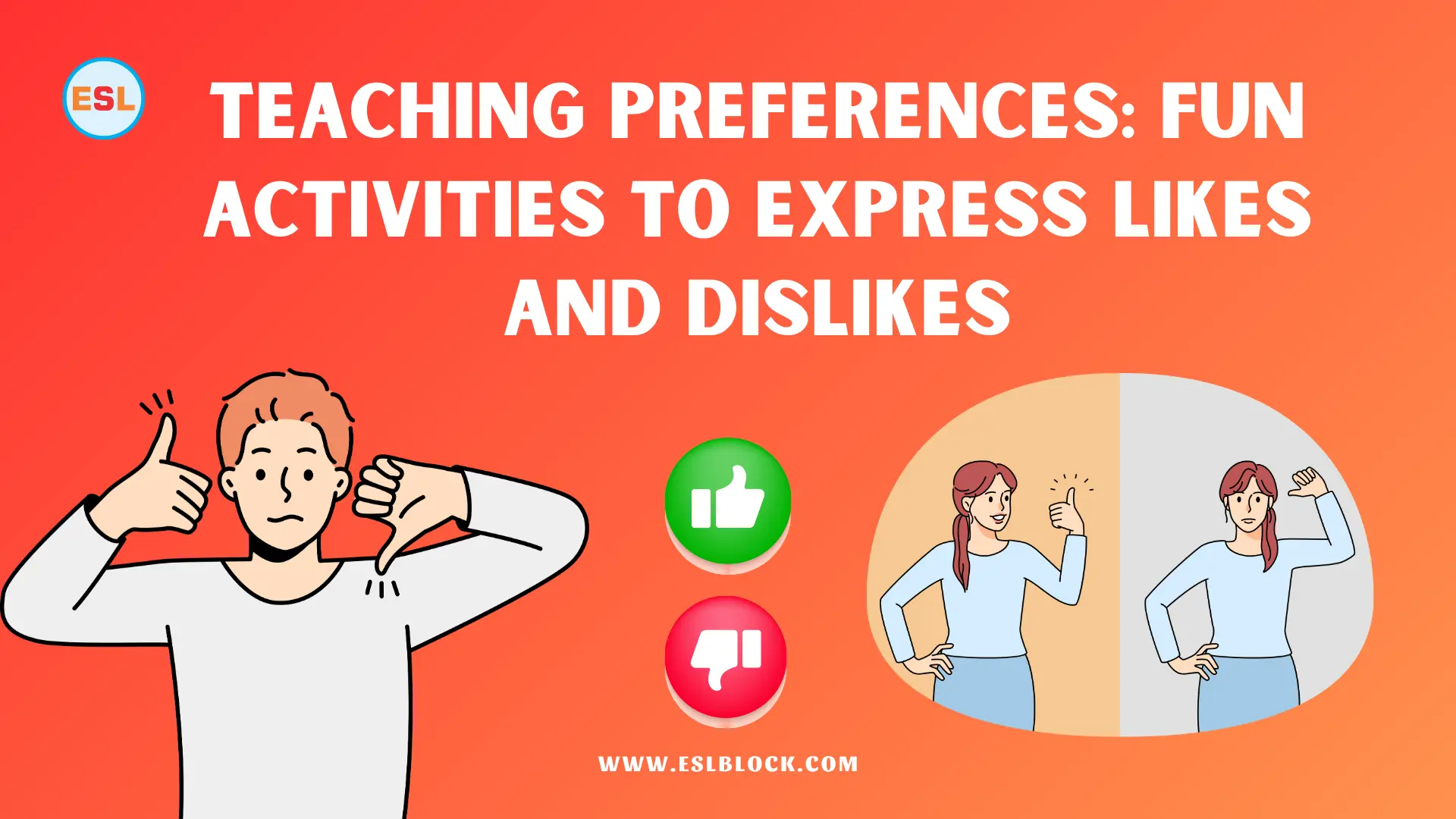
![]()
Hello, I’m Sophia. In this article, I will teach children about Likes and Dislikes. Let’s explore various ways to express the concept of “Likes and Dislikes” through activities.
Teaching young children to express their preferences, such as what they like or don’t like, is an important step in developing their communication skills. Creating a positive and interactive environment can make this learning process enjoyable and memorable. Here are some engaging activities to help kids express their likes and dislikes, followed by 10 short sentences to reinforce this concept for grade one students.
All of these activities about teaching “Likes and Dislikes” have been thoroughly verified using reputable sources to ensure their authenticity before being included. Source: Your Info Master.
Read also: Teaching Letter Catcher: A Fun and Engaging Way to Master the Alphabet
Engaging Activities for Teaching Kids About Likes and Dislikes
1. Like or Don’t Like Sorting Game
Provide pictures or objects representing various activities, foods, and hobbies. Children sort them into two categories: things they like and things they don’t like. This activity enhances their decision-making skills.
2. Feelings Board Activity
Use emojis or facial expressions to represent different feelings. Kids choose the emojis that match their likes or dislikes, helping them associate emotions with preferences.
3. Preference Chart Creation
Have kids draw or paste pictures of activities they enjoy and those they dislike on a preference chart. This visual aid reinforces their understanding of personal choices.
4. Taste Test Activity
Introduce a variety of foods to children. After tasting each one, they can express whether they like or dislike it. This activity not only teaches preferences but also encourages trying new things.
5. Storytime Sharing
Read stories where characters express their likes and dislikes. After the story, children can discuss the characters’ preferences, relating them to their own experiences.
6. “Role Play” Scenarios
Create role-playing situations where kids act out different activities. They can express their preferences while playing different roles, enhancing their communication skills.
7. Preference Collage Art Project
Children cut out pictures from magazines representing their likes and dislikes. They then create collages, providing a creative outlet to express their preferences visually.
8. Preference Interviews
Pair up children and have them interview each other about their likes and dislikes. Encourage them to share their partner’s preferences with the group, promoting active listening and communication.
9. Favorite Color Activity
Kids choose their favorite color and express why they like it. They can then create artwork or crafts using their favorite color, linking preferences with creative expression.
10. Preference Puppet Show
Children create puppets representing themselves. In a puppet show, the puppets talk about their likes and dislikes, allowing kids to express preferences in a fun and imaginative way.
Example Sentences with Likes and Dislikes
Here is a list of example sentences with Likes and Dislikes:
- I like playing with my toy car because it goes vroom-vroom!
- I don’t like broccoli; it tastes funny to me.
- I like drawing pictures of animals; it makes me happy.
- I don’t like thunderstorms; they scare me a little.
- I like reading storybooks before bedtime; it helps me relax.
- I don’t like spicy food; it’s too hot for my mouth.
- I like playing with my friends at the park; we have so much fun together.
- I don’t like waking up early on weekends; I want to sleep more.
- I like ice cream, especially chocolate flavor; it’s my favorite treat.
- I don’t like when my little brother takes my toys without asking; it makes me upset.
Read also: Establishing a Positive Classroom Environment: Teaching Classroom Rules Through Engaging Activities
Conclusion
Teaching children about their preferences is a crucial aspect of their social and emotional development. These activities and sentences provide a foundation for kids to express their likes and dislikes confidently, fostering effective communication skills that will benefit them in various aspects of their lives. By creating a supportive and encouraging atmosphere, educators and parents can nurture a child’s ability to express their feelings and preferences openly, contributing to their overall growth and well-being.
If you found the teaching activity about “Likes and Dislikes” helpful, please consider sharing it with your friends via email or on social media platforms like Pinterest, Twitter, Instagram, or Facebook. Thank you very much!
Did you do the “Teaching Likes and Dislikes” activity? If yes, which part did you like the most? Please tell us in the comments below!
Recap of what we just learned
- Introduction
- Engaging Activities for Teaching Kids About Likes and Dislikes
- Example Sentences with Likes and Dislikes
Related Articles
Here are some more articles for you!
- Guess the Animal: An Engaging Learning Activity for Kids
- Unlocking the World of Numbers with Number Balloons: A Fun Learning Adventure for Kids
- Exploring My Family: Engaging Activities for Kids
- Teaching Country Names: Fun and Engaging Activities for Kids
- Teaching “He and She” to Kids: Engaging Activities and Sentences
- Teaching Kids “What’s Your Name?” with Fun Activities
- Teaching Numbers to Kids: Engaging Activities for Early Learning
- Teaching Alphabet Flies to Kids with Engaging Activities

